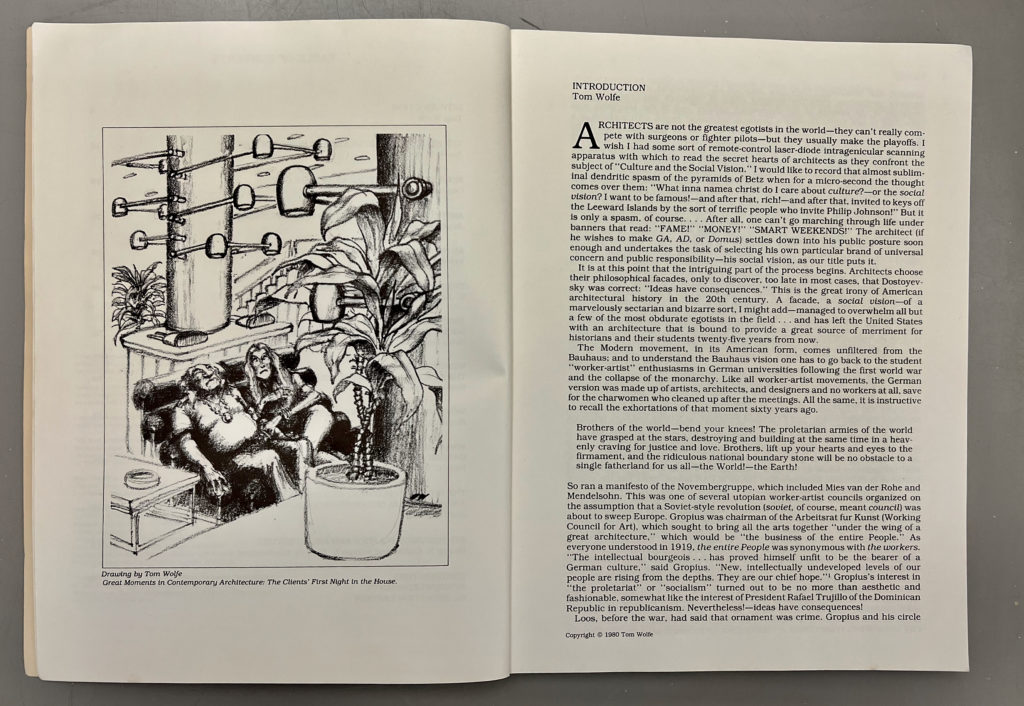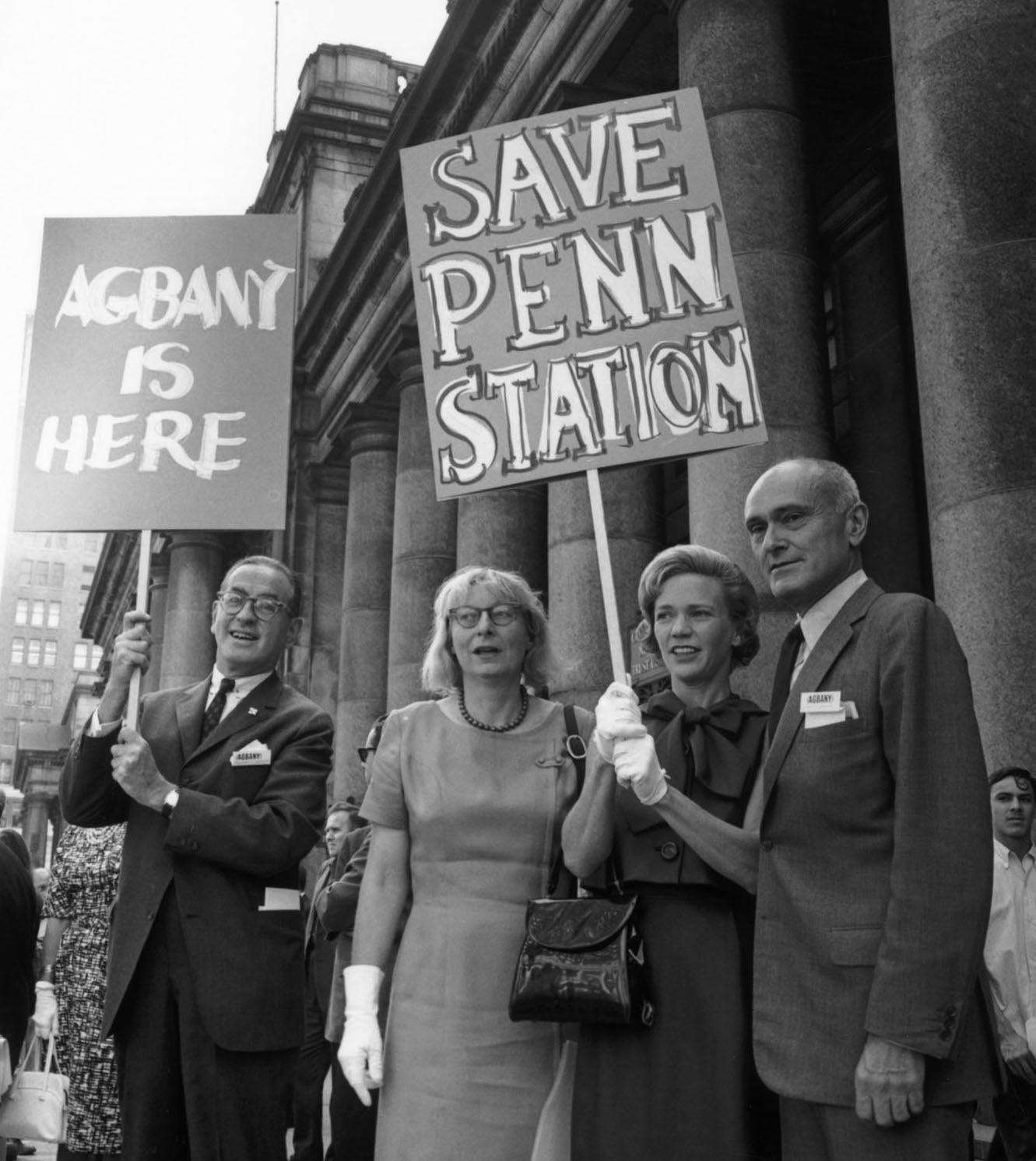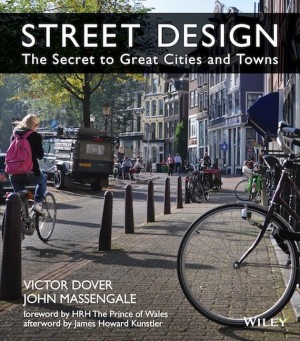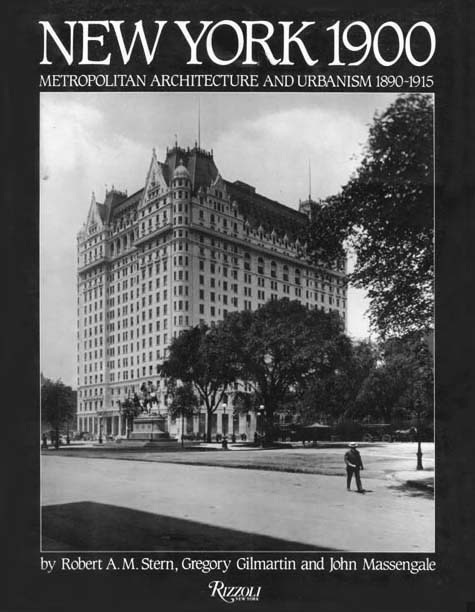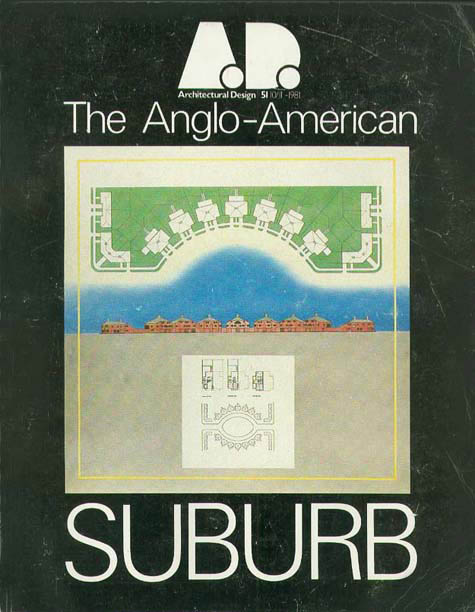
A space is only a place if people want to be there. The chicane shown above is for traffic calming, not placemaking. Putting that another way, it’s a product of traffic engineering, not a piece of urban design.
I understand this design is a step towards something better, which is slower, safer streets in New York City. I support that, but there’s no reason it can’t be a better place for people than it is. This is supposed to be a shared-space street, and there are better ways to get to that goal.
We know from social science and neuroscience studies that both our conscious and unconscious thoughts gravitate to beauty and seek to avoid ugliness. Our conscious minds might think the “flexible delineator posts” make sense and don’t look too bad, but our unconscious self is repelled. It sees the cheap plastic sticks and other cues that mark the space as a place for machines, and it knows that’s a dangerous place for humans.
The easiest way to make a place for people on a straight street is to line everything up: the buildings, the sidewalks, the trees, the roadway, and even the paint (if there is paint—see below). Continue reading








